Dried olives in olive oil are a traditional and healthy way to preserve and enhance their flavor.
This process is popular in Mediterranean cuisine and combines the natural qualities of olives with the healthy fats in olive oil. Drying olives and preserving them in olive oil is an easy and satisfying process that allows you to enjoy this traditional delicacy all year round.
Here's how to make dried olives in olive oil step by step:
Choosing the right olives
Black olives are best for drying and preserving in olive oil, as they have fully ripened. They have a softer texture and richer flavor. Popular varieties include kalamata, gaeta, and other Mediterranean types. Choose firm, undamaged olives with no visible blemishes or deformities.
Preparing the Olives
Washing: Clean the olives with cool water to remove any dirt.
Slicing or pricking: Make light cuts on the surface of each olive with a sharp knife or prick them with a fork. This helps the moisture to be absorbed faster and allows the olive oil to penetrate deeper during storage.
Salting and drying
Salting: The olives need to be drained of their bitterness. This is done by generously salting them with sea salt. Place the olives in layers, alternating layers of olives with layers of salt in a wide, shallow tray or box.
Drying: Leave the salted olives in a dry, ventilated place for about 10-14 days. Turn them regularly during this period to ensure even drying. The salt will draw moisture out of the olives, which will enhance their flavor.
Rinse and dry: After drying, the olives should be rinsed thoroughly with cool water to remove excess salt. Dry them with a clean cloth.
Preparing for storage in olive oil
Choosing olive oil: It is best to use cold-pressed, extra virgin olive oil, which will add a rich flavor and preserve the olives for a longer period of time.
Adding spices (optional): For additional flavor, you can add garlic cloves, dried oregano, rosemary, chili peppers, or bay leaves.
Arrange in jars: Place the dried olives in sterilized glass jars, covering them completely with olive oil. Make sure there are no air bubbles, as they can lead to spoilage.
Storage and consumption
Once you have filled the jars, close them tightly and store them in a cool, dark place. The olives will be ready to eat in about 2-3 weeks, when the flavors have fully blended. Stored properly, they can last up to a year.
Benefits of dried olives in olive oil
Dried olives in olive oil not only offer a refined taste, but also retain their beneficial properties. They are rich in antioxidants, healthy fats and vitamins that support the cardiovascular system and overall health. In addition, adding spices enriches their flavors and creates a unique culinary product.
What to use dried olives in olive oil for?
Dried olives allow for experimentation in a variety of recipes, but their most popular culinary use is in salads. Additionally, dried olives can be chopped and added to pasta or risotto. They add thickness to tomato sauces or are a great accent in creamy recipes, such as risotto with lemon and parmesan. Other culinary uses for them include in baked goods, sauces, and as a garnish.
Check out how to preserve olives, how to make olives in brine, and learn how to store olives.
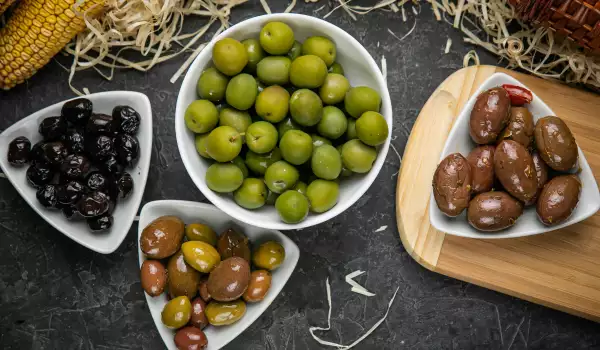
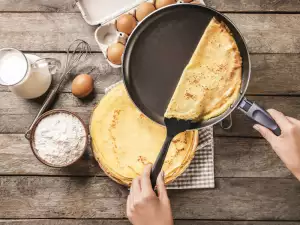


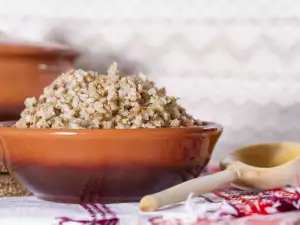
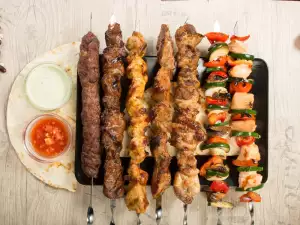

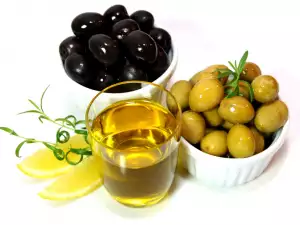
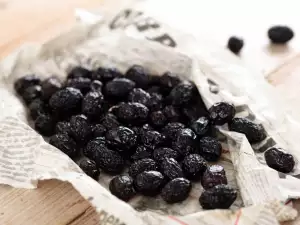

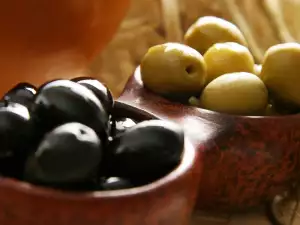
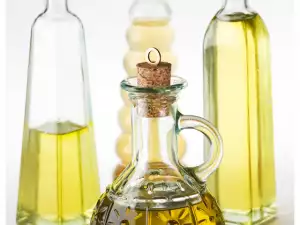

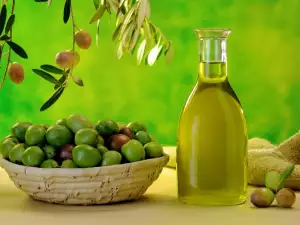

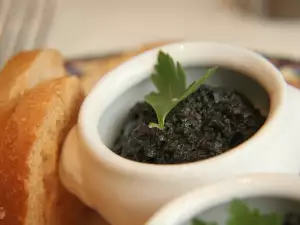




Comments